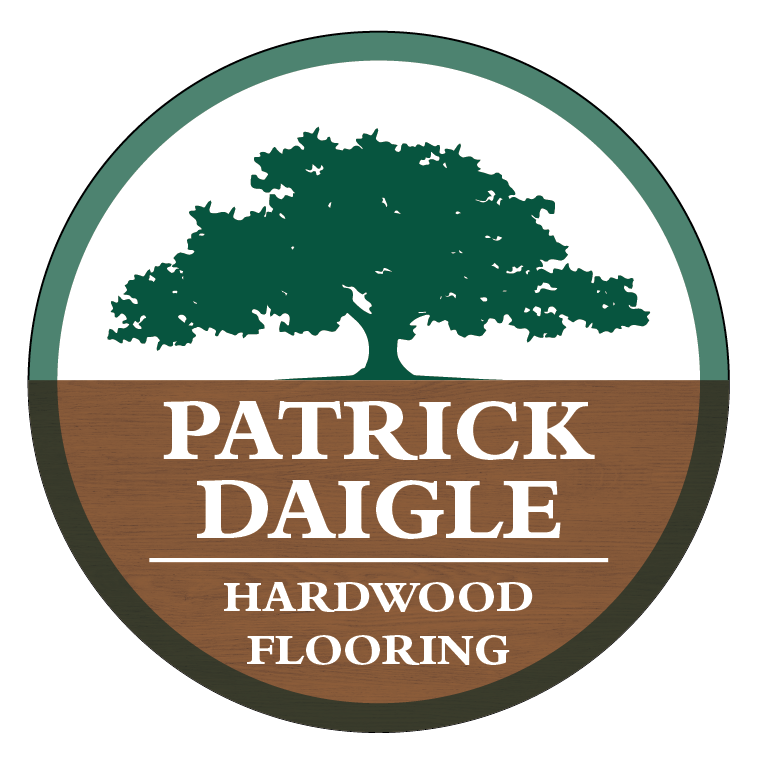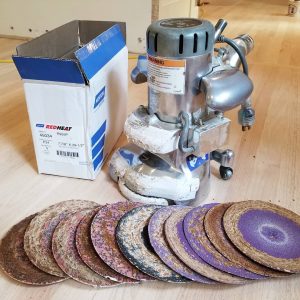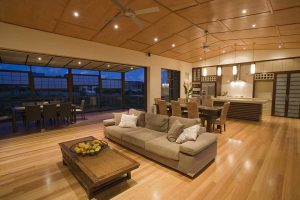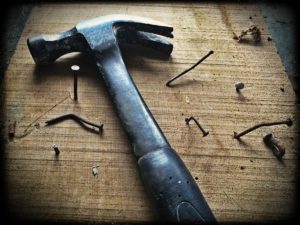Understanding Hardwood Flooring Polyballs: Causes, Prevention, and Care
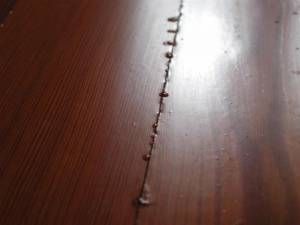
What Are Polyballs?
Polyballs are small beads or bumps of floor finish that sometimes appear on hardwood floors. They form when changes in moisture levels cause wood boards to expand, closing the tiny gaps between planks. As the wood swells, finish trapped in those gaps is pressed to the surface, creating raised spots that weren’t visible before.
While polyballs don’t usually harm the structure of the floor, they can leave a rough texture and interrupt the smooth appearance of the finish. In some cases, light wood floor maintenance such as screening or recoating is needed to restore a flawless surface.
Why Do Polyballs Occur?
Polyballs are most common in the spring, especially on wood floors that were installed during the dry winter months. Here’s why:
- During winter, wood is often milled and stored at very low moisture levels, around 6% or less.
- Cold, dry air lowers the wood’s moisture content even further once it’s installed.
- As spring humidity rises, the boards take in moisture and expand, closing the gaps that formed in winter.
- The polyurethane finish or other surface treatments inside those gaps is forced to the surface. Because it was sealed away from oxygen, the finish may remain soft or semi-solid, creating the raised beads known as polyballs.
Inconsistent climate control can make the problem worse. Some homeowners hesitate to maintain recommended relative humidity due to cost or convenience, but these fluctuations often create the conditions for polyballs to appear.
How to Prevent Polyballs: Managing Moisture Content
Moisture is the key factor in preventing polyballs. With the right preparation and consistent conditions, they can often be avoided altogether.
- Monitor moisture before installation: Use a moisture meter or a simple board-width test. For example, ten boards milled at 6% moisture will expand about one-eighth of an inch for every 1% increase in moisture content.
- Acclimate flooring properly: Store and condition wood in an environment with stable humidity and temperature that reflects the home where it will be installed.
- Use humidifiers in winter: If moisture levels are too low, add humidity before sanding and finishing so the wood is closer to its natural balance.
- Maintain indoor conditions: After hardwood floor installation, keep your home’s temperature and relative humidity consistent to preserve both finish and structure.
What to Do If Polyballs Appear
If you notice polyballs on your hardwood flooring, quick action can make a difference.
- When still soft: Wipe away with mineral spirits before they harden.
- When hardened: Gently remove using a straight edge or drywall knife, taking care not to scratch the surrounding finish.
- For widespread issues: A professional floor refinishing service may be needed to restore a smooth, even surface.
Why Climate Control Matters Long Term
Polyballs are one symptom of moisture imbalance. Without stable relative humidity, solid hardwood or engineered hardwood can also experience cupping, cracking, or warping over time. Investing in proper climate control, humidifiers in winter, and dehumidifiers in summer helps protect your hardwood floors and keeps them looking their best for decades.
Trust Patrick Daigle Hardwood Flooring for Expert Care
With four generations of hardwood flooring expertise in Connecticut, Patrick Daigle Hardwood Flooring understands how moisture, climate, and surface finishes all work together. Our team helps homeowners prevent and resolve issues like polyballs while protecting the natural beauty and long-term durability of their wood floors.
For personalized guidance on cleaning and maintaining hardwood, installation, or repairs, contact us today. And for more helpful tips, visit our Hardwood Care and Maintenance Guide.
